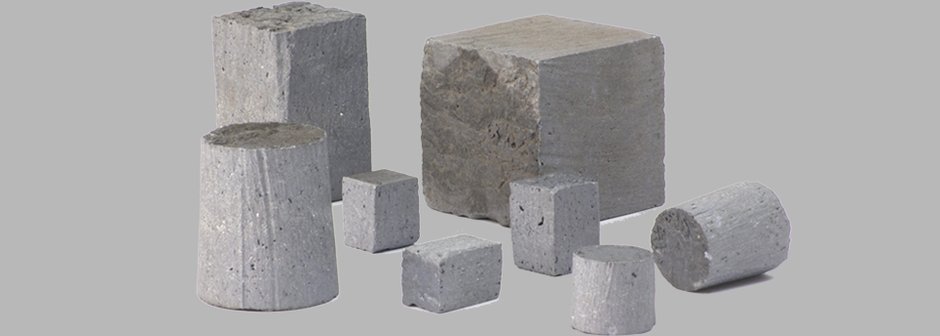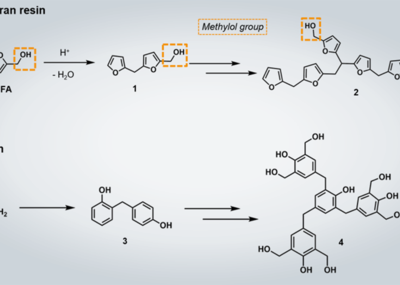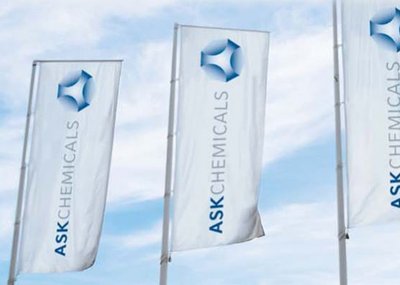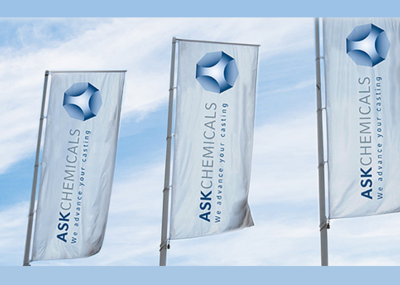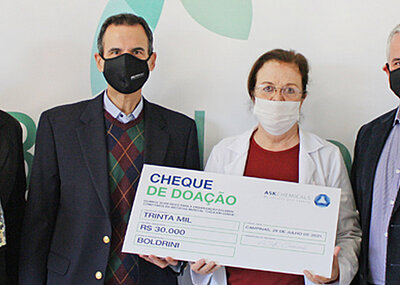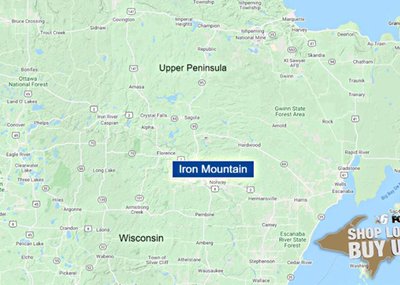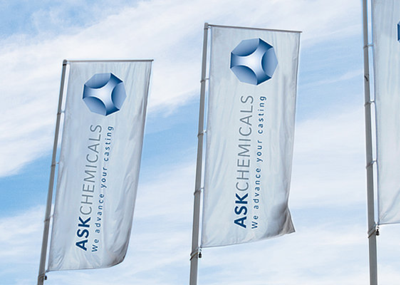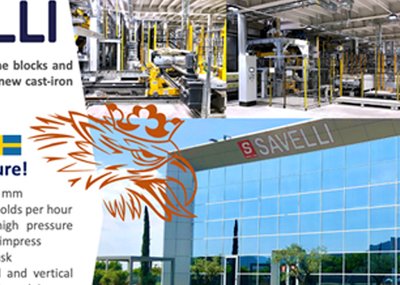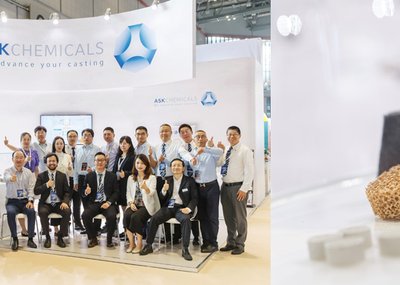The production of highly stressed castings places high demands on the inoculation technology and inoculants used. With the new generation of cut inoculants, the company offers an improved solution characterized by tighter tolerances and higher specificity.
GERMALLOY C is used to improve the sphericity of the graphite and to optimize the mechanical properties of the casting. With OPTIGRAN C, casters achieve a finer, evenly distributed A-graphite in the gray iron.
Mold inoculation is the addition of inoculant as late as possible and hence also the inoculation method in which the fading effect is reduced to a minimum. This is particularly relevant for the production of thick-walled parts. In mold inoculation, the inoculant is introduced in the pouring basin or directly into the gating system of the mold. The dissolution therefore occurs under air exclusion directly in the iron over the entire pouring time. Casted inoculation blocks such as GERMALLOY C and OPTIGRAN C should be preferably used for mold inoculation, otherwise there is a risk of flowing in of non-dissolved inoculant grains with negative consequences for the cast structure.
While serial cast parts with normal wall thicknesses of 5 to 50 mm solidify in seconds up to a few minutes in casting production, the crystallization of thick-walled, heavy castings with wall thicknesses larger than 60 mm can take hours, depending on the casting temperature. A constant inoculation effect as offered by GERMALLOY C and OPTIGRAN C is important for a good casting result. The machined surfaces guarantee a good and uniform dissolution into casting.
Thanks to the close-tolerance manufacturing process, the inoculants have high dimensional, contour and weight accuracy and are therefore also suitable for robot-assisted handling and automatic insertion into the mold.
The dimensions of the inoculations are chosen in such a way that existing core markers can generally be used unchanged as placeholders for the inoculant inserts.
For larger requirements, it is also possible to deviate from the standard dimensions within certain limits.

